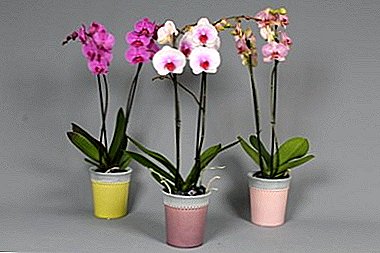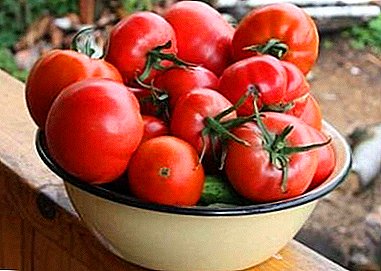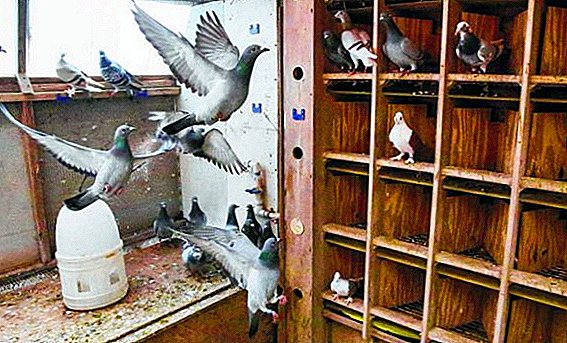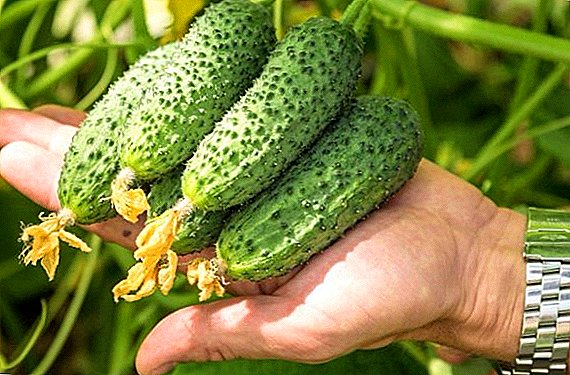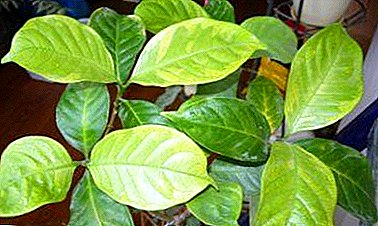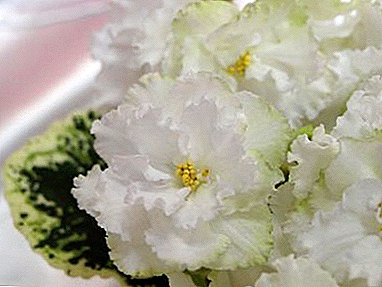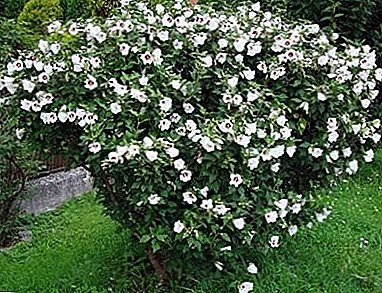
Hibiscus is an ornamental plant belonging to the family of malvaceae. It was first grown in Southeast Asia, has since gained considerable popularity, and to this day has more than 200 varieties. Hibiscus bush grown in the garden, other species may be indoor.
Characteristic, description
 Root system the plant is impressive, it consists of old and fresh roots, forming a single ball.
Root system the plant is impressive, it consists of old and fresh roots, forming a single ball.
Young roots are white or light brown in color with a yellow tinge, in appearance they are even and slightly swollen. Older ones are distinguished by softness and darker color, they do not bring any benefit, they only take part of the nutrients.
Leaves dark green and shiny, located on petioles. The shape is ovate-rhombic, with small teeth at the edges.
Flowers bright, with a very diverse color range: there are white, different shades of pink, red, purple, purple, yellow. Individual flowers can reach 12 centimeters in diameter and keep at a distance from each other.
Trunk smooth, covered with gray bark. In the composition of the bark there is a specific fibrous substance, which gives the shrub a special strength.
Planting and care of hibiscus bush
Landing Hibiscus is recommended in the spring, when the night frosts end.
The main criteria when choosing a place for a plant are protection from the wind and plenty of light.
 When a place is chosen, you need to dig a hole twice the size of rhizomesand add compost to it. Then, avoiding damage to the root, place the seedling in the prepared cavity so that the top of the rhizome is approximately at the same level with the soil. After that, sprinkle the ground around the rhizome with compost and earth and slightly press the surrounding soil with your palm. At the end, produce a slight hilling and water the plant.
When a place is chosen, you need to dig a hole twice the size of rhizomesand add compost to it. Then, avoiding damage to the root, place the seedling in the prepared cavity so that the top of the rhizome is approximately at the same level with the soil. After that, sprinkle the ground around the rhizome with compost and earth and slightly press the surrounding soil with your palm. At the end, produce a slight hilling and water the plant.
Priming for a comfortable growth should be loose and well-flowing water, and also contain enough humus.
The best conditions will provide the soil with acidity. pH from 5.5 to 7.8. The following soil mix is recommended: 1/3 of sod, 1/3 of leaf ground, 1/6 of humus, 1/6 of coarse sand.
Transfer Hibiscus is held in early spring, when the plant has moved away from winter, but has not yet bloomed. Dilapidated roots are completely removed, and the last earthen room is not recommended to destroy - just remove a few centimeters of soil from above. Before transplanting it is necessary to prune, otherwise observe the standard landing rules.
 Frequency glaze depends on the season and the general climate of the area. The plant does not need frequent and strong watering, you just need to follow when the soil dries, and only then water it.
Frequency glaze depends on the season and the general climate of the area. The plant does not need frequent and strong watering, you just need to follow when the soil dries, and only then water it.
In the summer heat, water may be required daily, and it does not hurt to remove dust from the leaves. Hibiscus is not picky about the overall humidity of the air, but experienced growers from time to time recommend spray the plant. It also reduces the likelihood of spider mites.
Top dressing It is essential for new hibiscus roots, as the old take a considerable share of nutrients. For improved flowering, phosphate fertilizers are applied, and potassium should be given closer to the winter - with it, the plant will be easier in the cold. Feed the shrub should be at least twice a month.
Hibiscus loves shine and heat. If it is transplanted into a shadow, the growth will slow down and the number of flowers will decrease. At the same time, most varieties are not recommended to be planted under direct sunlight - the light should be abundant, but diffused. Under all conditions, the plant will please the owner at least 20 years.

Bloom Hibiscus covers a fairly long period: from mid-June to early September.
This plant is famous for the fact that a single flower lives only one day, after which it disappears. Continuous flowering ensured by the fact that the next day the fallen flower is replaced by a new one.
It is because of its decorativeness that hibiscus has gained wide popularity and has received the poetic name “flower of beautiful women”.
Pruning is a necessary activity, since the buds appear only on young branches. It should be carried out during a break in growth, that is, at the end of winter or immediately after transplantation. Weak branches are cut by a quarter, but from the buds with leaves you need to leave a couple of centimeters. The same is done with the upper branches. Hibiscus tolerates pruning without problems, so if necessary it can be made compact, and experienced gardeners often form various shapes from shrubs.
 Breeds plant with seeds or cuttings. Seeds sown from January to March in the soil with the addition of sand and peat, then covered with glass and monitor the temperature: it should be within 25 degrees. Sometimes glass is cleaned for air entry and spraying. It is possible to transplant sprouts into pots after the appearance of the first leaves, and with the right content, the flowers will appear after three years.
Breeds plant with seeds or cuttings. Seeds sown from January to March in the soil with the addition of sand and peat, then covered with glass and monitor the temperature: it should be within 25 degrees. Sometimes glass is cleaned for air entry and spraying. It is possible to transplant sprouts into pots after the appearance of the first leaves, and with the right content, the flowers will appear after three years.
Breeding cuttings even simpler: just put the cutting in the water, and after the growth of the roots, plant in a pot or immediately in the garden. If you decide to first hold the plant in a pot, it is recommended to take the soil from the garden and dilute it by a third with peat.
Diseases and pests
The most dangerous pest for hibiscus - aphid. It is possible to get rid of it by treatment with special chemicals, and for prevention it will be suitable spraying water with ash. To prepare such a tool, mix water with cigarette ash and let stand for a few minutes, then strain and sprinkle the bush. For plants it is safe, but the aphid does not tolerate ash.
 Against the occurrence of other pests (for example, ticks) you just need to follow all the recommendations for the care, feeding and watering.
Against the occurrence of other pests (for example, ticks) you just need to follow all the recommendations for the care, feeding and watering.
Irregular watering is the cause of most diseases.: so, undisclosed buds speak about the lack of moisture.
Fallen lower leaves warn about chlorosisarising from an excess of chlorine in water; if the upper leaves turn yellow, then there is too much iron in the water.
Ideal water for watering - rain, but it is not always possible to collect it. Therefore, suitable and plumbing, if you let it stand for a while and do not use leftovers from the bottom.
So, planting hibiscus bush - a great solution in order to diversify the garden with beautiful flowers. The plant does not require complex care or expensive fertilizers and, if you choose the right place for it and follow the rules, you can enjoy the bush for many years.
A photo
More photos of hibiscus bush see below:







